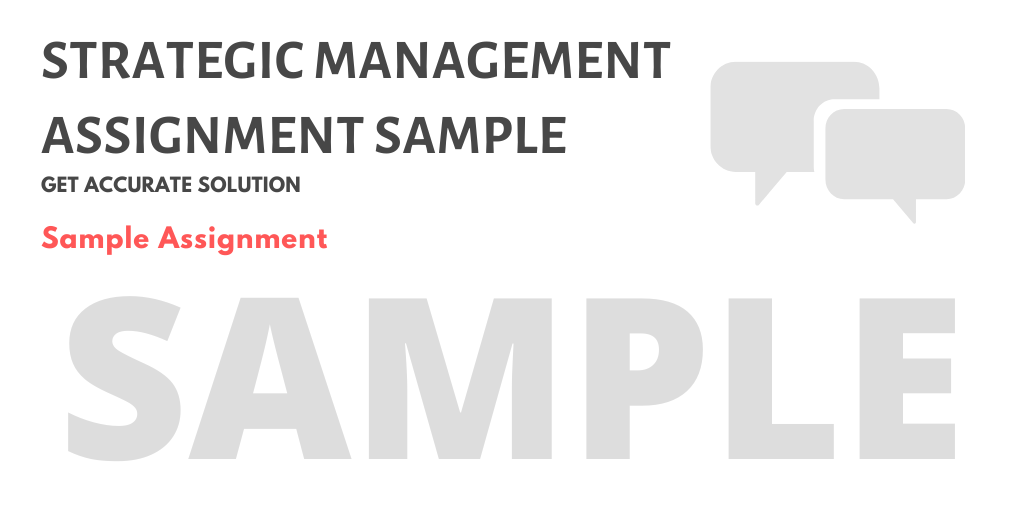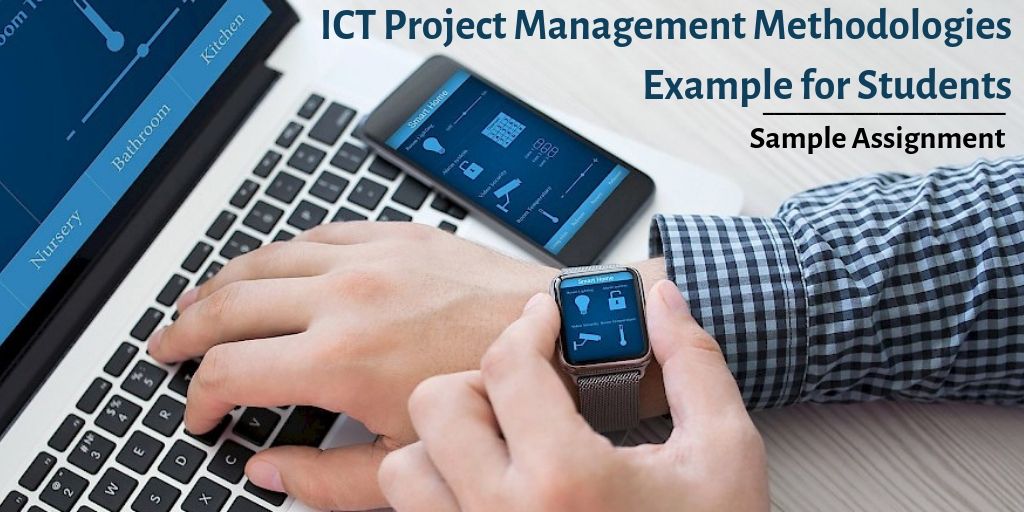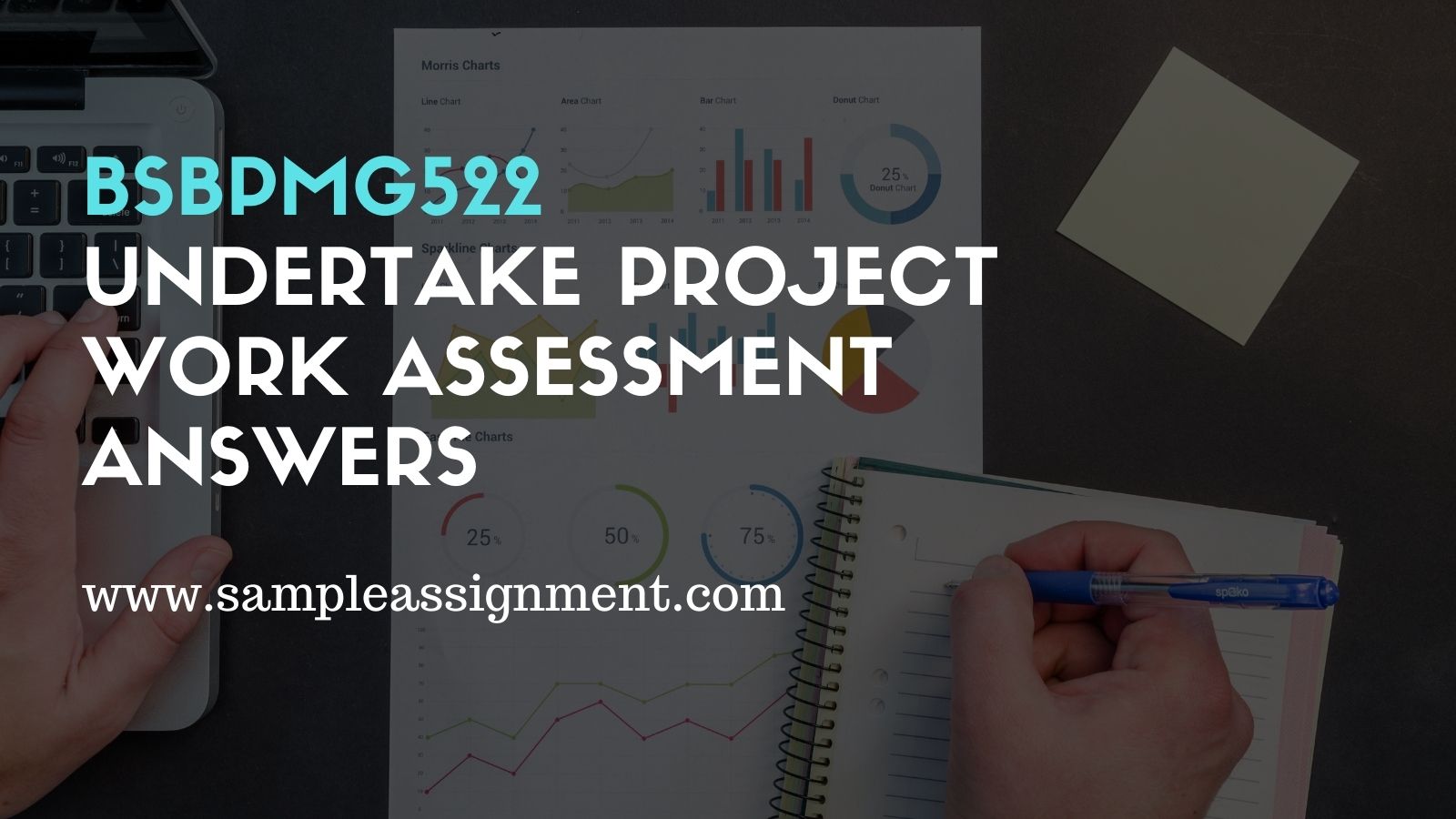
Project Management Issues in Accenture: Insights and Strategies
Project management is an important tool for organizations like Accenture, enabling the execution of projects in various industries and locations all around the world. Accenture’s efficient project management is the key to its success as it serves clients globally and provides a wide range of services. Nevertheless, it is a fact that a large company, like any other, will have a number of issues to deal with. Apart from dealing with the complexity of the workflows, cultural differences and technological disruptions, project management issues also requires innovative solutions.
This blog explores Accenture's approach to project management, the common problems of cross-client conflicts, and the particular obstacles faced in Australia's vibrant business environment.
Diving into Accenture Project Management
Accenture, with its effective consulting and IT functions as a recognized leader in this field, has demonstrated its ability to provide high-quality customized solutions to its clients. The organization's operation pivots around a competent project management strategy that guarantees the completion of tasks within deadline and minimal time loss.
Key Features of Accenture’s Project Management
- Agile Methodologies: Through the application of agile frameworks, Accenture focuses on adaptability thereby assuring quick responses to changes in the project requirements. Agile practices lay the groundwork for teamwork and also set the pace in the execution of the processes to continue, notwithstanding the uncertainties.
- Global Teams: As Accenture's team is spread out across different time zones, they utilize technology which enables the employees to still stay connected and collaborate. Platforms like Microsoft Teams and Zoom stand as the right tools for communication that can be used efficiently even if geographical distances exist.It plays a crucial role in eliminating project management issues.
- Advanced Tools: The casual yet essential work area management apps Jira and Trello are perfect for checking up on tracking tasks, assignments, and improving trust in project workflows. Ergo, the teams can emphasize the targets and eliminate bottlenecks that are detected.
- Outcome-Oriented Approach: Strong emphasis is put on getting congruence of project aim and deliverables, which constitute a tangible business advantage to clients. Accenture makes sure that the conveyables are both timely finished and also add a compelling value.
Despite its strong strategies, the application of such frameworks in multi-project settings, sometimes, becomes a challenge in terms of consistency and resource management.
Challenges and Solutions to Cross-Client Projects in Accenture
Cross-client projects refer to the ones that are shared with other institutions and are one of the main features of Accenture's service delivery plan. This way they can deal with several customers at the same time. This strategic plan will bring new challenges along with it as well.
Challenges in Cross-Client Projects
- Resource Allocation: It is one of the critical project management issues. Accenture's expert workforce frequently plays a role in various tasks, which makes it necessary to be very vigilant about resources to avoid exhaustion and maintaining the quality of work.
- Diverse Client Objectives: The fact that every client comes with their unique expectations and needs may sometimes lead to confusion and or inefficiencies if they are not taken care of in advance.
- Time Management: Organization of calendars for multiple projects concurrently is the most problematic aspect, especially with the occurrence of overlapping deadlines.
- Communication Barriers: It's quite challenging to ensure smooth communication when leading a team or working with stakeholders who have varied expectations.
Accenture’s Solutions to Cross-Client Challenges
Accenture addresses these problems through a combination of tools, best practices, and other advanced solutions. Here is the best practices they follow:
- Centralized Resource Management: Solutions such as Workday and SAP programs are the strongest aids in depleting manpower resources in critical spots at times.
- Stakeholder Engagement: The mechanism is the systematic participation of stakeholders through systematic check-ins with clients which enables Accenture to align project goals and expectations as well as reduce the risk of potential differences.
- Technology Integration: Communicators such as Slack promote the real-time update of the project and the timely transfer of the results from all departments.
Academically, it proves Accenture's ability to accomplish this goal through its projects across the clients or stakeholders making the firm become a more reliable partner.
Overview of Accenture Change Management Strategies
Change is a constant in the world of project management, and Accenture is very well skilled in implementing these alterations. Accenture Change management covers the process of enabling the organizations to accept the new technology, process, and market changes while still getting the work done and maintaining the morale of the employees.
Common Challenges in Change Management
- Resistance to Change: Employees as well as clients may resist new processes due to the fear of disruption and an increased workload.
- Training Deficiencies: Cutting-edge technological tools are of no use if you don't have the right knowledge about how to use them in the first place. Hence, you need to provide proper training to your employees to make them efficient and productive.
- Lack of Clarity: Ambiguous objectives and unclear strategies can lead to uncertainty and prevent the implementation of a successful project.
Accenture’s Strategies for Effective Change Management
To overcome the above listed Accenture’s change management challenges, they uses structured techniques that include:
- Frameworks such as ADKAR: This model works by ensuring that changes are introduced in a systematic manner, with the main focus on the creation of awareness and the ability to move the change successfully.
- Training Programs: Employees and stakeholders will be able to take up workshops and e-learning modules that will provide them with the skills needed to master new technologies.
- Open Communication: Transparency is ensured through regular updates and feedback sessions, which in turn, lead to the building of trust and the acceptance of changes.
- Pilot Testing: By conducting small-scale trials before the main implementation, the risks are lowered and such a move identifies the potential areas that require improvement.
These practices help to ensure that change initiatives not only fulfill their goals but also result in long-term improvements in productivity and results.
Roadblocks to Implementing Business Strategies in Australia
Implementing Accenture's business strategies in Australia can be quite challenging because of the largely unsurpassed economic environment, the cultural diversity, and the regulatory landscape.
Let’s dive into the unique Challenges Australia is currently facing:
- Cultural Diversity: Australia's workforce is highly multicultural; thus, to be successful project managers they need to make sure they are culturally sensitive and are inclusive.
- Strict Regulations: Compliance with Australian laws and industry-specific standards can be a major factor in project workflow complication and increase in costs.
- High Client Expectations: Many of the businesses in Australia require customized solutions, requiring Accenture to come up with a tailored and original approach in the projects.
- Geographical Dispersion: The great distance that Australia occupies means that projects and clients are most often located in remote areas which makes coordination a problem.
How Accenture Overcomes Australian Challenges
Accenture has developed strategies to address these issues effectively:
- Inclusive Leadership: Creating a diverse workplace where mutual respect is the foundation of interactions, Accenture guarantees cooperation across various teams and makes well-informed decisions.
- Compliance Expertise: Special training sessions are designed to keep the project managers informed of the latest rules, which in turn will lower the probability of a demonstration of non-compliance.
- Client-Centric Solutions: Accenture prefers to follow the consulting type of communication and this is why they adopt such a style of work that allows them to develop solutions together with the clients.
- Technology for Collaboration: The use of such tools as cloud platforms and video conferencing provides the opportunity for smooth communication between the teams of workers even when they are located far from each other.
With the recent improvement in the economy and with the help of these strategies, Accenture has been flourishing in the Australian market, building robust partnerships, and delivering remarkable value to its clients.
Common Project Management Issues in Accenture Australia
Even though Accenture is the best in the business when it comes to delivering projects, it still faces project management issues that any other company would.
Key Issues
- Resource Overload: The management of a large number of parallel projects may lead to resource overloading, thus impacting quality and timing.
- Technological Evolution: Keeping up with the new technologies at such a fast pace means that one has to continuously invest in learning and innovation.
- Stakeholder Misalignment: A lack of alignment between the stakeholders could result in delayed projects and unmet goals.
- Budget Constraints: This is one of the common problems that every company faces, quality is a big thing for clients, yet price is also something they care about.
Best Practices for Mitigating Project Management Issues
Accenture is adopting a number of measures in order to tackle these problems:
- Regular Training Programs: Ongoing education and training opportunities are a good way to keep employees up-to-date so they know how to manage technological developments.
- Enhanced Communication: Unambiguous and frequent communication makes sure that everybody is on the same page with regards to goals and expectations.
- Proactive Risk Management: The recognition of risks at an early stage allows the appropriate rectification to be made, thus, reducing disturbances.
- Optimized Resource Management: Advanced planning tools are very helpful in time management when resources are correctly allocated between different projects.
Accenture leverages the best practices listed above to still continue being a leader in project management while giving its clients the same high-quality service they used to get.
Conclusion
Accenture's project management framework is evidence of its capacity for adaptation, innovation, and excellence in deliveries. Whether it is through managing cross-client projects, implementing change management strategies, or conquering unique regional challenges in Australia, the company remains resilient and far-sighted.
Recognizing and solving these project management issues allow Accenture to move beyond client satisfaction and to become a distinguished industry leader. Its dedication to continuous improvement is an assurance that it will be the foremost in the dynamically changing field of project management.









Loved reading this Blog? Share your valuable thoughts in the comment section.
Add comment